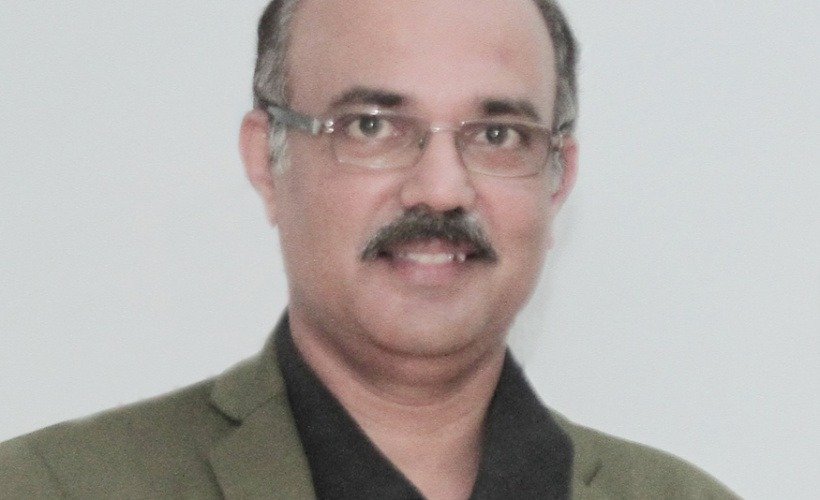
Kishore Shah explains the New Education Policy and how CSR support can make a difference to the education sector
The Indian education sector is an extremely large and complex system. It is the second largest education system in the world with 15 lakh schools, 89 lakh teachers and almost 25 crore students; AISHE reports 3.74 crore students in higher education, 1000 universities, 39931 colleges, and 10,000 stand-alone institutes.
The government has made commendable efforts to promote quality education for all over the last decade. For example, to focus on quality education, the 2010 rules for the Right of Children to Free and Compulsory Education (RTE) Act, 2009 were amended in 2017 to mention class-wise, subject-wise learning outcomes.
These central rules serve as a guideline and template for states and union territories to pass their own rules to implement the RTE Act. The Right of Children to Free and Compulsory Education (Amendment) Act was also passed in January 2019. The Amendment empowers appropriate governments to make decisions on whether to hold back children in class 5 and class 8.
The central government has launched an integrated scheme for school education called Samagra Shiksha, w.e.f. 2018-19 which consolidated three previous centrally sponsored schemes for school education.
A special mention must go to the National Education Policy (NEP 2020). It contains a host of measures that many have been long called for and represents a paradigm shift in the sector will come into force with effect from the current academic year.
The central government has spelled out its priority by renaming MHRD as MoE (Ministry of Education) and by hosting a 10 day conclave ‘Shiksha Parva’ which was attended by the Prime Minister – the intention was loud and bold.
However, for the NEP 2020 to take its roots, grow, and develop; we need to also understand the challenges in its transition from paper to practice.
Challenges
The key challenge that India and Goa is facing is that we have a huge pool of young population that will need jobs and a good education system will be a critical component of providing them with one. It is hard to describe how difficult it will be to make this a reality factoring that the education system in each state is influenced by a multitude of factors and stakeholders, and each state is different. Within each state we have diverse pedagogy and resource bench strength required for NEP transition. Education is also a concurrent subject.
On another level, the education system needs to respond to changing requirements and circumstances in society. The most obvious one is covid-19, which required a drastic pivot to relatively unfamiliar technologies. We may need to brace ourselves for such disruptors either natural or manmade.
During the pandemic, the worst affected were students of Std X- XII, these years being the crossroads in career exploration and a launch pad into the real world where they were deprived of learning opportunities. The other end of the spectrum were the Nursery/KG tiny tots, a stage where cognitive, emotive foundation takes place in a social setting but they had to confine to their homes and had no option but to experience premature exposure to the virtual world with an unreliable network bandwidth.
Then there is the question of updating curriculums to provide skills that students will need in the 21st century. These include critical thinking and information processing skills as well as broader life skills like stress management and professional etiquette.
Reforming the education sector is always going to require a collective effort from all stakeholders. As such, initiatives that strengthen these stakeholders will make the entire system more resilient and more adaptable to new policies. Initiatives will be needed to build the capacity of these critical stakeholders from across the state and provide them with a platform for collaboration and innovation. The best way to achieve this transition is by providing critical knowledge and guidance support to key stakeholders; and the will to create ‘education leaders.’
The NEP is a good step in taking Indian education in this direction. However, the full benefits of the NEP will require all stakeholders, including governments, schools, education leaders, and parents/children to work together.
NEP is a visionary transformation which will need a clear customised strategy, strategy managers, execution blue print, execution experts from diverse fields. This all will need sustainable funding and professional expertise of green field project management. Industries by default mode follow principles of change management either because of intrinsic or extrinsic drive or pressures. They also need to carry out purposeful programs to park their CSR funds. This makes them obvious partners for NEP, as the biggest beneficiary in the long run will be industries.
In my experience and study, creating a public-private partnership (PPP) model at every taluka in Goa through CSR support will be the real game changer. This will supplement the government, education department by facilitating local solutions, accountability, and ownership and manage transition effectively and efficiently.
Here are three critical inputs to create PPPs at the taluka level.
1) Building the capacities at Taluka level
Education leaders need leadership development and collaboration opportunities with speed, scale, and sustainability. Co-creation and collaboration through professional learning communities should be done at every Taluka. A hub and spoke arrangement will disperse it to every educational unit in that Taluka.
2) Integrated Digital Process Orchestration and Cloud schools at each Taluka
We need to offer systemic responses, updates, and integration processes disseminated through multiple media like TV, radio and learning apps which integrates every educational unit in the Taluka and at next level integrates all 12 Talukas. So that while we operate at every Taluka level collectively the state moves to the next level.
3) Change levers through 2nd innings
Goa has almost 200 single teacher schools. Goa is also home to retired professionals/bureaucrats who have both knowledge and wisdom.
If they are roped in for their 2nd innings, providing them with purpose and pride will accelerate the transition process for NEP. These schools need teachers for their cognitive and emotive growth and development.
The way forward
Dr K Kasturirangan, Chairman of the committee that drafted the National Education Policy (NEP) 2020, said “The vision of India’s new education system is to ensure that it touches each and every citizen’s life and creates a just and equitable society”.
However, most of our educational institutions are underfunded, heavily bureaucratic and lack capacity for innovation and scale up. They need to be revamped, rejuvenated, and recalibrated.
The solution is obvious! Investing in teachers and channelising efforts towards building their capacity and capabilities, providing them the required infrastructure and resources is the need of the hour; so that each teacher emerges as a transformation coach.
Goa is a small but progressive state; and has created its mark worldwide. Also, NEP sits very well with the Goan ethos. All it needs a well-crafted execution program, implementation strategies, and partners, backed by required financial outlays which are perfect investment for CSR.
No policy is self-propelling, however great the intent. Reforming the education sector should be our top-most priority and it will require a collective effort. What better opportunity than this for CSR.
The writer is the Managing Trustee, GDP Foundation www.gdpideaz.org
Email: managingtrustee@gdpideaz.org





